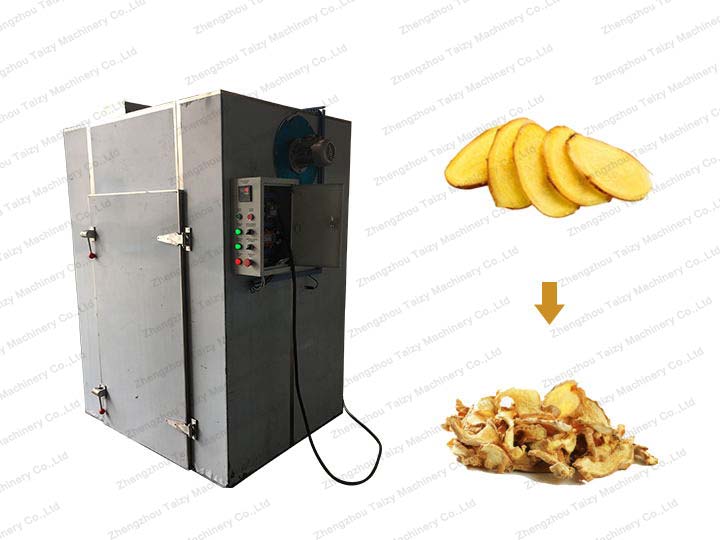How is Ginger Dried
Drying ginger is an effective way to preserve it, prolong its shelf life, and create a versatile ingredient for cooking and herbal remedies. The process of drying ginger is straightforward and can be done using natural or mechanical methods. Let’s explore how ginger is dried in a simple and easy-to-understand way.
1. Preparation
Begin by washing the ginger rhizomes to remove any dirt or impurities. If desired, peel the ginger using a knife or peeler to remove the outer skin. Peeling is optional, as some prefer to dry ginger with the skin intact.
2. Slicing or Shredding
After peeling, ginger can be sliced into thin pieces or shredded into fine strands. Slicing creates uniform slices, while shredding results in thinner ginger strands. The size and thickness of the slices or shreds can be adjusted based on personal preference and the intended use of the dried ginger.

3. Natural Drying
One traditional method of drying ginger is air drying or sun drying. Lay the ginger slices or shreds in a single layer on a clean and dry surface, such as a tray or wire rack. Place them in a well-ventilated area with good airflow. If possible, expose the ginger to direct sunlight. Occasionally turn the ginger to ensure even drying. Depending on the humidity and temperature, natural drying may take several days to a week.
4. Mechanical Drying
To expedite the drying process and achieve controlled conditions, mechanical dryers can be used. Spread the ginger slices or shreds on trays or racks within the dryer. The machine applies gentle heat and airflow to remove moisture from the ginger. Follow the specific dryer’s instructions regarding temperature and drying time, ensuring the ginger reaches the desired moisture content.

5. Monitoring and Testing
Throughout the drying process, regularly monitor the ginger. Look for signs of dryness, such as a brittle texture and absence of visible moisture. To ensure proper drying, conduct a moisture content test using a moisture meter or visually inspect the ginger for any remaining moisture. The ginger should be completely dry before moving to the next step.
6. Cooling and Storage
Once dried, allow the ginger to cool completely to prevent condensation and moisture absorption. Transfer the dried ginger to airtight containers, such as glass jars or resealable bags, to safeguard it against moisture. Store the dried ginger in a cool, dry, and dark place to maintain its flavor, aroma, and potency over an extended period.
Drying ginger provides a way to savor its delightful taste and harness its medicinal properties throughout the year. Whether opting for natural drying under the sun or using mechanical dryers, the process ensures that ginger stays preserved while retaining its unique characteristics. By following these simple steps, you can enjoy the benefits of dried ginger in your culinary creations and herbal remedies.
